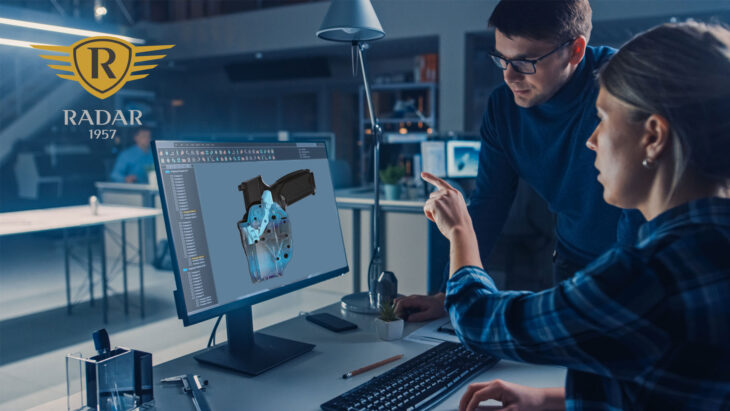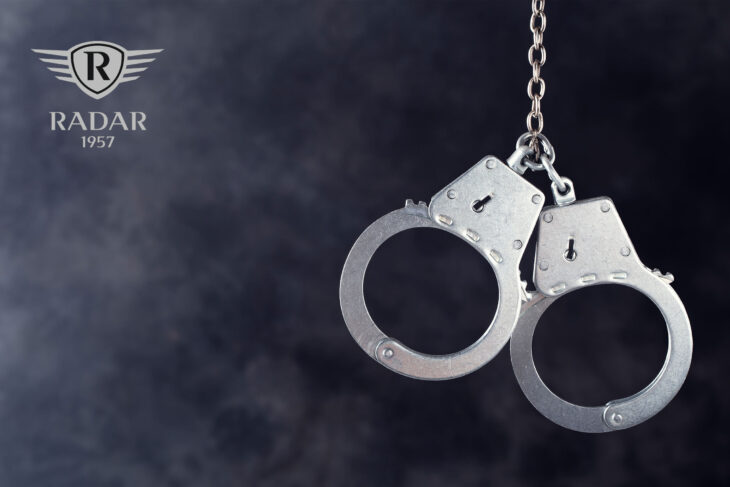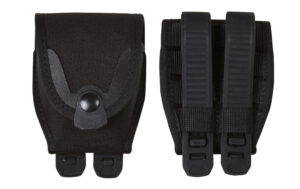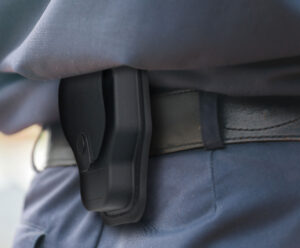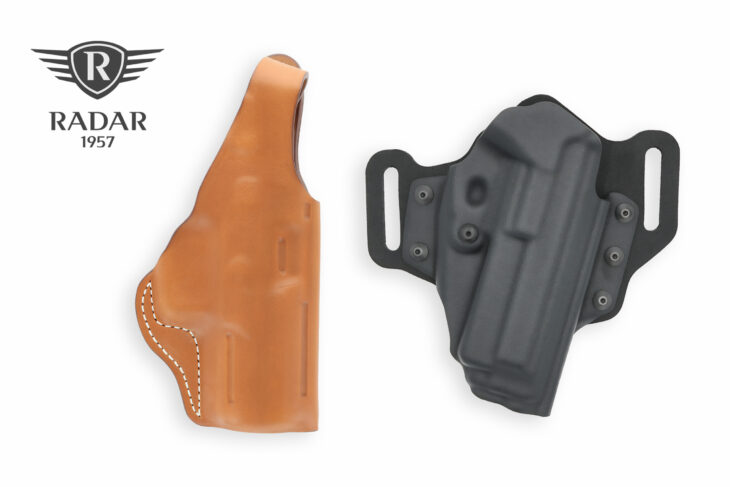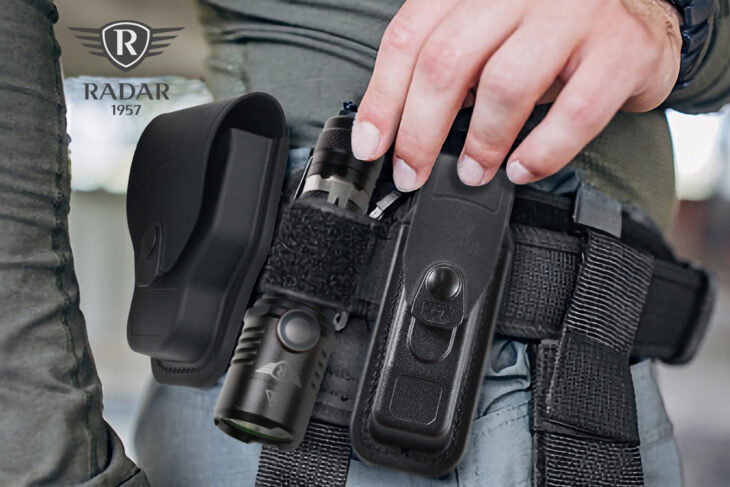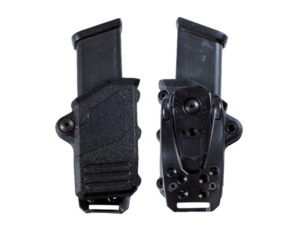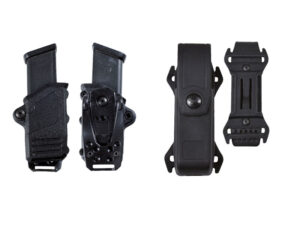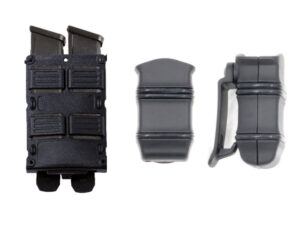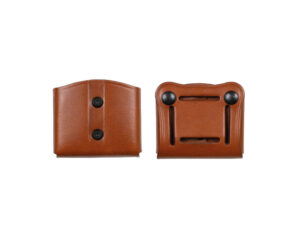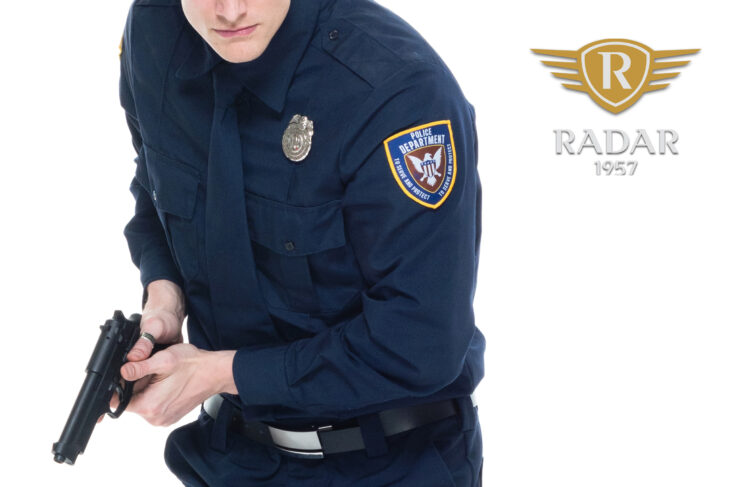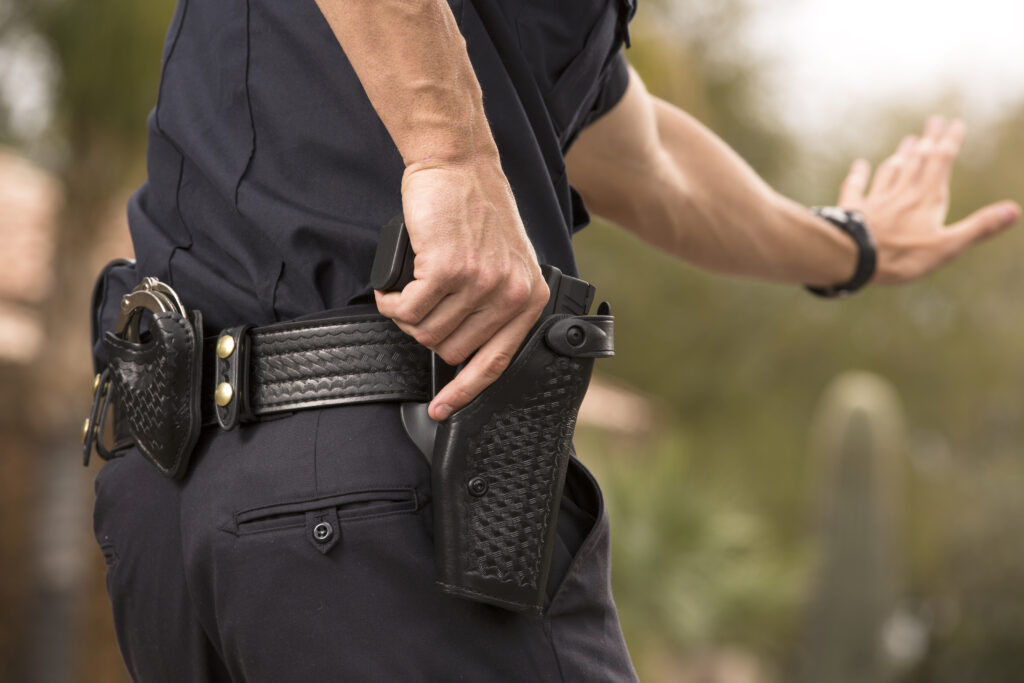The choice between polymer and leather holsters represents a fundamental decision for shooting professionals and sports enthusiasts. This choice influences not only comfort and operational efficiency but also equipment safety and durability. Each material presents unique characteristics that make it more or less suitable for specific needs and contexts of use. Let’s analyze these aspects in detail to support an informed choice.
Material Characteristics
Polymer
- High resistance to weather conditions
- Consistent shape retention
- Reduced weight
- Minimal maintenance required
- Excellent mechanical retention
Leather
- Superior comfort during extended wear
- Traditional and elegant aesthetics
- Silent draw
- Body shape adaptation
- Greater discretion in concealed carry
Specific Advantages and Disadvantages
Polymer holsters offer exceptional performance in terms of resistance and durability. The material is not affected by moisture, sweat, or temperature variations, maintaining its characteristics unchanged over time. Weapon retention is always constant and precise, ensuring superior safety in dynamic situations. However, they may be less comfortable during prolonged wear and noisier during drawing.
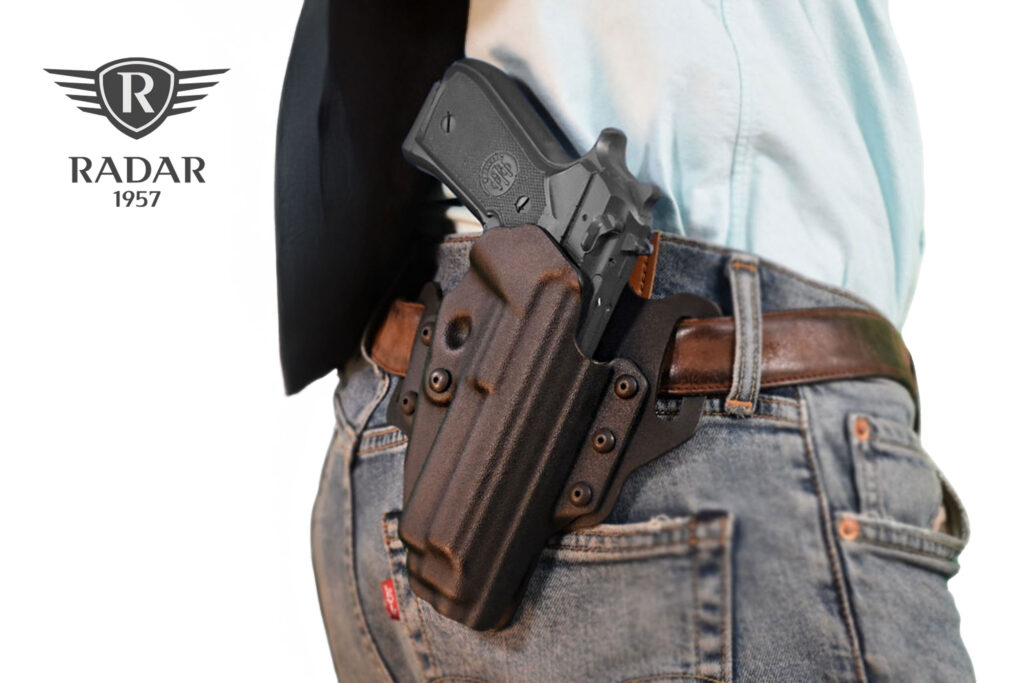
Holster Model 6089-2406 by Radar 1957
Leather holsters, on the other hand, excel in comfort and aesthetics. The material gradually adapts to the user’s body, creating a personalized fit that improves over time. Their natural flexibility makes them ideal for concealed carry, reducing pressure points and printing risk. However, they require more maintenance and may lose their original shape over time.
Aspects to Consider in the Choice:
- Primary operational context
- Average daily usage duration
- Prevalent environmental conditions
- Concealed carry requirements
- Drawing/holstering frequency
Performance in Different Scenarios
The performance of polymer and leather holsters varies significantly based on the context of use. In professional and sporting contexts, each material demonstrates specific strengths. Polymer holsters excel in dynamic environments where speed and performance consistency are crucial, while leather holsters stand out in situations requiring discretion and prolonged comfort. Environmental conditions, such as temperature, humidity, and exposure to weather elements, affect the performance of both materials differently. It’s essential to consider that the type of service, whether patrol, investigative, or sporting, determines specific requirements that may make one material more suitable than the other.
Sporting Use:
- Polymer: ideal for competitions due to consistent performance
- Leather: preferred for traditional disciplines and western shooting
Professional Use:
- Polymer: excellent for external service and severe environmental conditions
- Leather: optimal for plainclothes service and prolonged wear
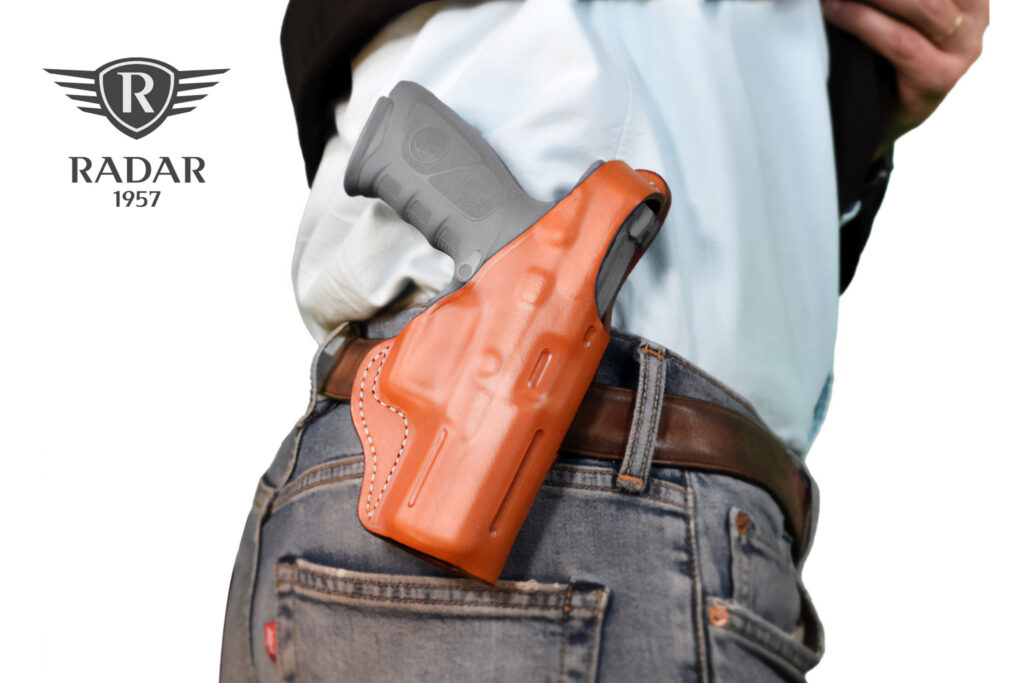
Holster model 5088-2550 by Radar 1957
Maintenance and Durability
Maintenance represents a crucial aspect in choosing between the two materials. Polymer holsters require minimal maintenance, essentially limited to periodic cleaning and retention system checks. Leather holsters, however, need regular care to maintain material characteristics and prevent deformation or deterioration.
Maintenance Requirements:
Polymer:
- Occasional cleaning with water and neutral soap
- Periodic verification of retention screws
- Edge integrity check
Leather:
- Periodic treatment with specific products
- Moisture protection
- Shape maintenance during storage
Economic Considerations
The initial cost of polymer holsters is generally lower compared to high-quality leather holsters. However, it’s important to consider the total cost of ownership, which includes maintenance, expected durability, and replacement needs.
Conclusions and Recommendations
The choice between polymer and leather holsters should be based on careful evaluation of your specific needs. For predominantly sporting use or in severe environmental conditions, polymer often represents the optimal choice. For those who prioritize comfort and discretion, especially in prolonged daily carry, leather remains an excellent option.
To explore our complete range of both polymer and leather holsters and receive personalized consultation, visit RADAR1957.com. Our experts are available to guide you in choosing the material and model most suitable for your specific needs.
Per completare il lavoro SEO sull’articolo, ecco alcune attività che dovrai svolgere:
Prima della pubblicazione:
– Creare una meta description ottimizzata (suggerisco: “Discover the pros and cons of polymer vs leather holsters. Expert guide on choosing the right material for your needs, from durability to concealed carry performance.”)
– Ottimizzare l’URL slug (suggerisco: “polymer-vs-leather-holsters-comparison-guide”)
– Implementare alt text SEO-friendly per le immagini
– Aggiungere schema markup per l’articolo
Durante la pubblicazione:
– Verificare la corretta formattazione HTML
– Controllare che tutti i link siano funzionanti
– Assicurarsi che le immagini si carichino correttamente
– Verificare la responsività su dispositivi mobili
Dopo la pubblicazione:
– Sottomettere l’URL a Google Search Console
– Monitorare le prestazioni dell’articolo
– Pianificare la condivisione sui social media
– Considerare la creazione di backlink da siti del settore
Vuoi che proceda con la creazione di qualcuno di questi elementi?

